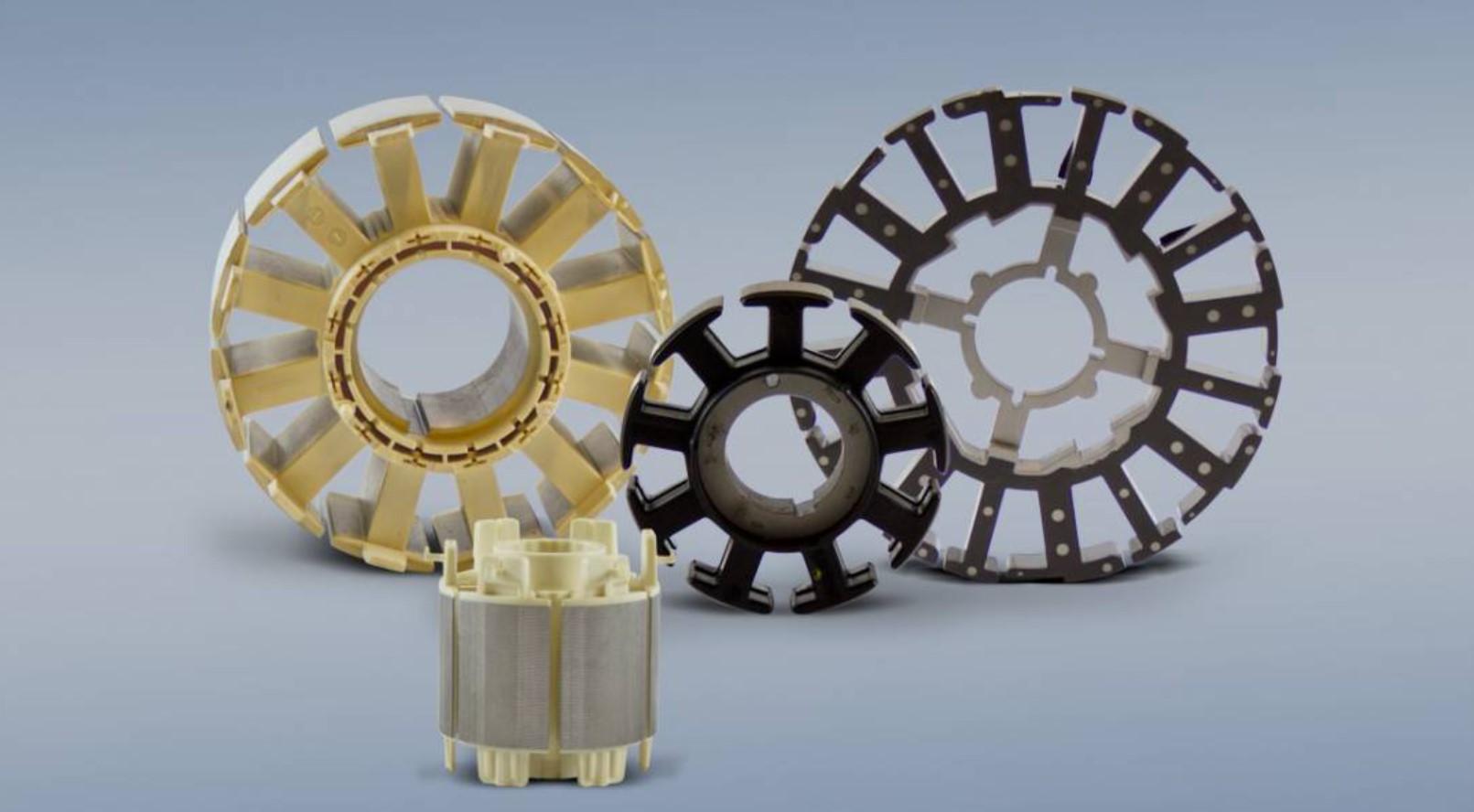In the competitive world of product development, companies are constantly striving to create innovative, high-quality products that stand out in the market. One crucial aspect that plays a significant role in achieving product excellence is plastic overmolding. This article delves into the importance of plastic overmolding in product development and why it is a game-changer for businesses.
Understanding Plastic Overmolding
Definition and Process
Plastic overmolding is a manufacturing process where a single product is created using two or more materials, usually a combination of a rigid plastic substrate and a soft elastomer. The process involves molding one material over another to achieve a seamless and functional product design.
Benefits and Advantages
Plastic overmolding offers numerous advantages, making it a preferred choice for product designers. It provides enhanced ergonomics, better grip, and a comfortable user experience. Additionally, it allows for the creation of complex geometries that would be challenging or impossible with other manufacturing methods.
Design Considerations for Plastic Overmolding
Material Selection
Choosing the right materials is critical in plastic overmolding. Designers must consider factors such as compatibility, adhesion, and mechanical properties to ensure a strong bond between the two materials.
Design Flexibility
One of the key benefits of plastic overmolding is the design freedom it offers. Manufacturers can combine various colors and textures, resulting in visually appealing products that resonate with consumers.
Complexity and Multi-Material Combinations
Plastic overmolding enables the integration of multiple functions into a single part, reducing assembly requirements and potential points of failure.
Advantages of Using Plastic Overmolding in Product Development
Enhanced Product Aesthetics
Plastic overmolding allows for the creation of visually striking products that captivate consumers. The ability to incorporate branding elements and unique textures enhances the overall aesthetics of the product.
Improved Product Durability
By providing an additional layer of protection, plastic overmolding enhances the product's durability, making it more resistant to impact, abrasion, and environmental factors.
Cost-Effectiveness and Efficiency
Despite the initial tooling costs, plastic overmolding can streamline the production process by reducing the number of components and assembly steps, ultimately leading to cost savings and improved efficiency.
Applications of Plastic Overmolding
Consumer Electronics
From smartphones to gaming controllers, plastic overmolding is widely used in the consumer electronics industry to create user-friendly and visually appealing devices.
Medical Devices
Medical equipment often requires soft-touch components for a comfortable and safe user experience. Plastic overmolding meets these requirements and is commonly used in medical device manufacturing.
Automotive Industry
In the automotive sector, plastic overmolding plays a vital role in crafting durable, attractive, and functional interior and exterior components.
Case Studies: Successful Implementations of Plastic Overmolding
Company A: Consumer Electronics Case Study
Company A utilized plastic overmolding to design a cutting-edge wireless earphone with a comfortable and secure fit. The combination of rigid and soft materials ensured superior sound quality and excellent noise isolation.
Company B: Medical Device Case Study
Company B implemented plastic overmolding in the production of a medical-grade syringe. The overmolded plunger provided precise control, while the soft material enhanced grip and user comfort.
Company C: Automotive Industry Case Study
Company C revolutionized its dashboard design by incorporating plastic overmolding. The result was a visually stunning, durable dashboard with integrated air vents and control buttons.
Overcoming Challenges in Plastic Overmolding
Design Complexity
The intricacies of plastic overmolding can pose challenges in terms of design and manufacturing. Close collaboration between designers and manufacturers is essential to overcome these hurdles.
Material Compatibility
Selecting materials with compatible properties is crucial to ensure a strong bond and prevent delamination between the overmolded layers.
Production Considerations
Manufacturers must optimize their production processes to achieve consistent and high-quality overmolded products.
Sustainability and Plastic Overmolding
Environmental Impact
While plastic overmolding offers numerous benefits, there are concerns about its environmental impact due to the use of plastics. Companies must adopt sustainable practices and explore eco-friendly material options.
Recyclability and Biodegradability
Efforts are underway to develop recyclable and biodegradable materials suitable for plastic overmolding, further enhancing its eco-friendliness.
Future Trends in Plastic Overmolding
Advancements in Materials
As technology progresses, new materials with improved properties and adhesion capabilities will emerge, expanding the possibilities of plastic overmolding.
Integration with Additive Manufacturing
Combining plastic overmolding with additive manufacturing techniques will lead to more efficient and customizable product development.
Conclusion
In conclusion, plastic overmolding is a game-changing technique in product development. It offers design flexibility, enhanced aesthetics, and improved durability, making it a preferred choice for various industries. As technology evolves, the potential of plastic overmolding is set to grow, providing innovative solutions to the challenges of tomorrow.
FAQs
- What is plastic overmolding? Plastic overmolding is a manufacturing process that involves molding one material, typically a soft elastomer, over another rigid plastic substrate to create a single, seamless product.
- How does plastic overmolding benefit product development? Plastic overmolding offers enhanced ergonomics, improved aesthetics, and increased durability, resulting in user-friendly and visually appealing products.
- Can any material be used for plastic overmolding? Not all materials are suitable for plastic overmolding. Material compatibility, adhesion, and mechanical properties must be considered when selecting materials.
- Is plastic overmolding environmentally friendly? While plastic overmolding can raise environmental concerns, efforts are being made to develop recyclable and biodegradable materials for more sustainable manufacturing.
- What industries commonly use plastic overmolding? Plastic overmolding finds extensive applications in consumer electronics, medical devices, and the automotive industry due to its design versatility and functional benefits.


